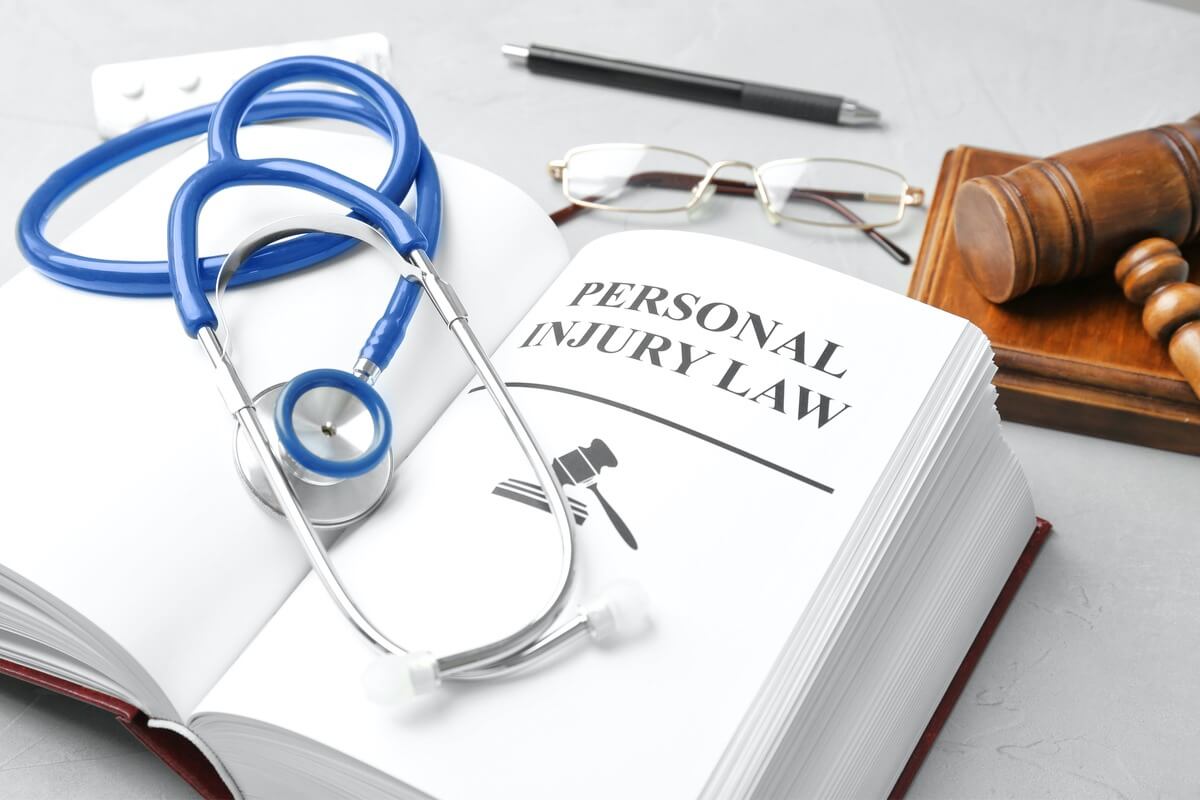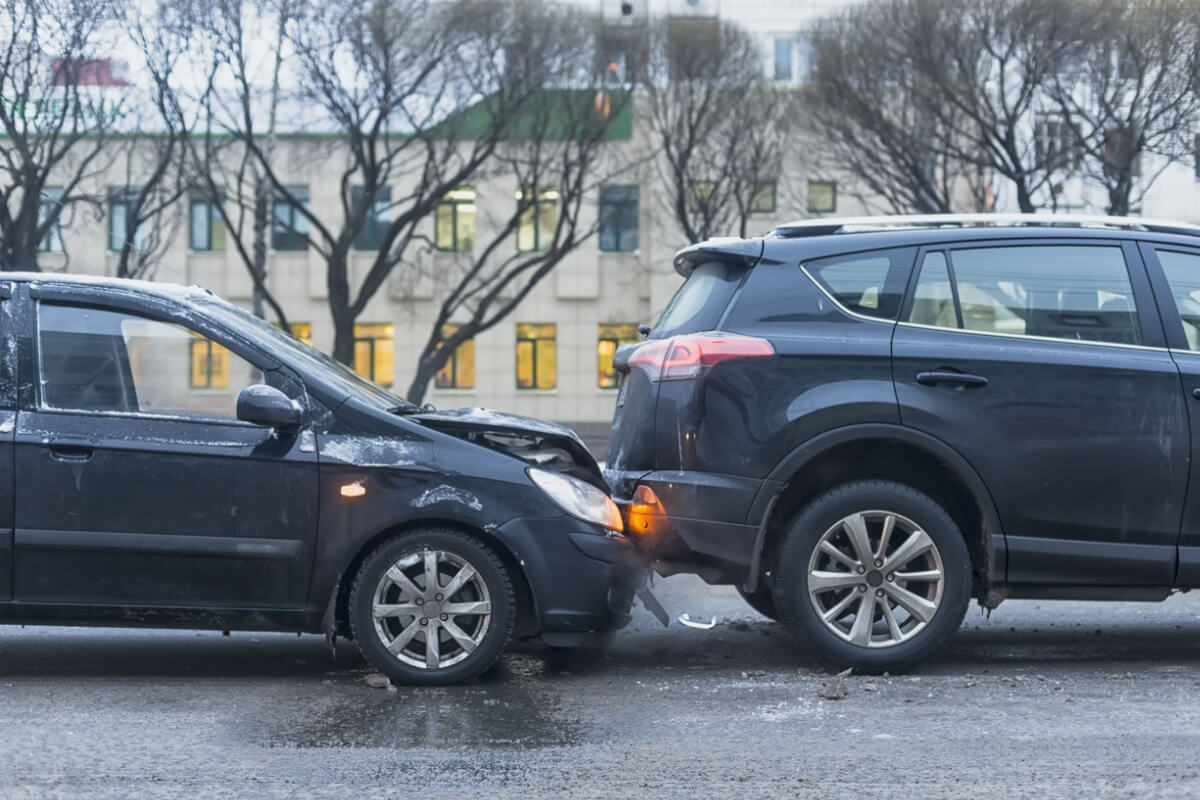
Unfortunately, catastrophic injuries are not injuries that you can simply walk away from. In truth, if you are involved in a catastrophic injury accident, your life will be forever changed. By its very nature, a catastrophic injury is an injury that happens without warning and leaves victims with traumatizing harm, excruciating pain, and extensive medical expenses that will impact the victim and their family.
Yet, if you have suffered a catastrophic injury because of another person’s wrongful actions, you should not have to go through this horrifying ordeal on your own. That is why in this blog post, we will discuss not only what a catastrophic injury is, the most common types of catastrophic injuries, but what you need to do to get your life back and how you can fight for the compensation you deserve.
What is a Catastrophic Injury?
A catastrophic injury is often defined as a serious injury that permanently prevents an individual from performing any gainful work. These injuries often occur to the spinal cord, spine, and brain and will include skull fractures, loss of a limb, sight or hearing loss, or even death. For those that survive this horrific injury, they can be looking at long-term and devastating disabilities and deformities.
Five Common Types of Catastrophic Injuries
Although catastrophic injuries can occur for a variety of reasons and affect virtually any part of your body, some of the more common types of catastrophic injuries include:
Traumatic Brain Injuries
A traumatic brain injury or a TBI is an injury that affects how a victim’s brain works. It is often caused by a bump, blow, or jolt to the head or a penetrating injury to the head. These injuries are a significant cause of disability and death in the United States, accounting for over 61,000 deaths annually. Yet, although TBIs can occur for various reasons, most traumatic brain injuries often result from falls, motor vehicle crashes, and assaults.
Common symptoms of a traumatic brain injury tend to include:
- Confusion
- Headaches
- Dizziness
- Inability to remember the cause of the accident
- Nausea
- Ringing in the ears
- Trouble speaking coherently
It is also important to note that even though most of these symptoms appear at the time of the injury, sometimes they may not develop for days or weeks after the accident.
Spinal Cord Injuries
A spinal cord injury is damage to any part of the spinal cord or nerves at the end of the spinal canal. This damage often causes permanent changes in sensation, strength, and other body functions below the injury site.
Spinal cord injuries, generally, result in many symptoms, but some of the more common signs of this injury include:
- A loss of movement
- An altered sensation or loss of sensation, including the ability to feel cold, hot, or touch
- A loss of bladder or bowel control
- Exaggerated reflexes
- Changes in sexual function, sensitivity, and fertility
- Intense pain or a stinging sensation caused by damage to the nerve fibers in the spinal cord
- Difficulty coughing, clearing secretions from the lungs, or breathing
As of today, there are no known cures for a spinal cord injury. Fortunately, many scientists are optimistic that advances in research will make the repair of spinal cord injuries possible. However, in the meantime, treatments and rehabilitation do allow many people with spinal cord injuries to live independent and productive lives.
Burn Injuries
A burn injury is damage to a body’s tissues caused by chemicals, heat, sunlight, electricity, or radiation. However, scalds from steam, hot liquids, building fires, and flammable gases are the most common causes of burns.
Typically, there are three types of burn injuries, they include:
- First-degree burns: These first-degree burns tend to only affect the outer layer of the skin
- Second-degree burns: These types of burns often damage the outer layer of the skin and the underneath layer
- Third-degree burns: These burns damage or destroy the deepest layers of the skin and the underneath tissues
Burn injuries will often cause swelling, scarring, blistering, and in severe cases, shock and possibly death. These injuries are also known to lead to infection because they often damage the skin’s protective barrier. Yet, even though most burn injuries often require minimal medical assistance, the treatment will often depend on how severe the burn injury is, how much of the body the burn covers, and how deep the burn is.
Eye Injuries
The loss of vision is another common type of catastrophic injury that often occurs when a person is hit in the face by a flying object or is exposed to chemicals. Take, for instance, the following:
- Blow to the Eye: If the eye is hit with a hard object, it can damage the eye, eyelids, and muscles or bones that surround the eye. If the injury is mild, it may only result in a black eye. However, if the injury is more severe, you may notice bleeding inside the eye, or the muscles can get trapped inside the broken bone, which will require surgery to fix.
- Objects in the Eye: If a sharp object such as glass slivers get inside the eye, it can scratch or cut the cornea. As a result, these cuts can cause a significant amount of pain and even reduce a person’s visibility.
- Chemicals in the Eye: Certain chemicals, if they get inside the eyes, can cause serious burn injuries because these chemicals attack the tissues of the eye very quickly and cause severe damage or even blindness.
Amputations
An amputation is the removal of a limb by medical illness, surgery, or trauma. As a surgical measure, it is used to control pain or even disease progression in the affected limb. However, in some cases, it can be carried out as a preventive surgery to stop certain problems such as a serious infection from spreading.
Get the Legal Help You Need — Contact an Experienced Catastrophic Injury Lawyer Today
In the wake of events like the aftermath of Hurricane Ida, it’s essential to understand the intricacies of various legal scenarios. From comprehending the complexities of damages in wrongful death cases to grasping the nuances of Louisiana punitive damages, having the right legal guidance is crucial. It’s also vital to be aware of insurance adjuster tactics that might be used against you and to understand the implications of incidents like a motorcycle accident without a helmet. Knowledge in these areas can be a game-changer in your pursuit of justice.
If a catastrophic injury accident disrupted your life or the life of a loved one, do not wait any longer to seek the legal help you need. Instead, contact the law offices of Alvendia Kelly & Demarest today, or call us at 504-618-1601 for a free case consultation, and let our skilled catastrophic injury lawyers show you how we can fight for you, your rights, and the justice you deserve.
Categories

In 2003, after being dissatisfied with the quality of legal care for victims of car accidents, Roderick ‘Rico’ Alvendia sought to establish a new firm focused on providing high-quality legal services to aid injured victims and their families. J. Bart Kelly, sharing Rico’s passion for upholding justice, joined the firm later that year, and established a partnership.






